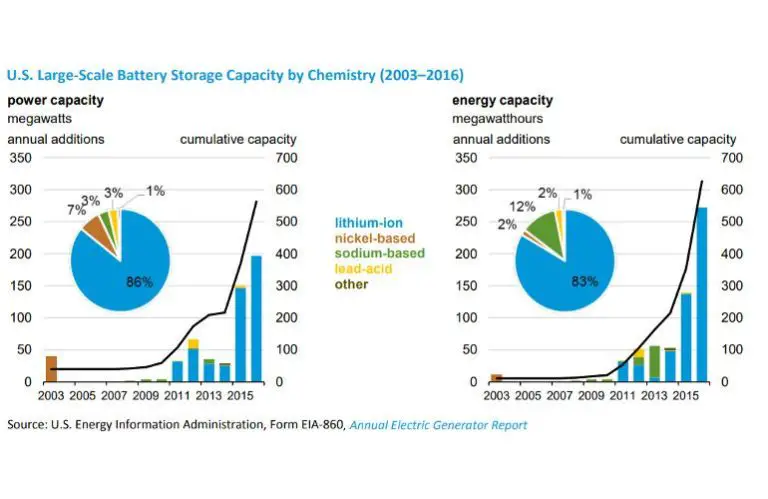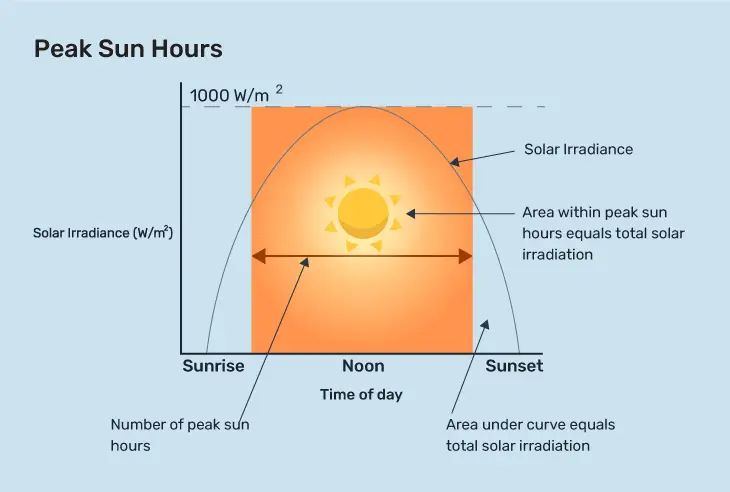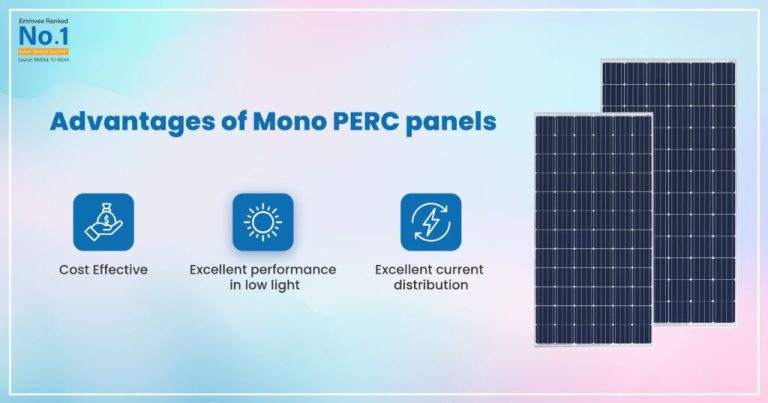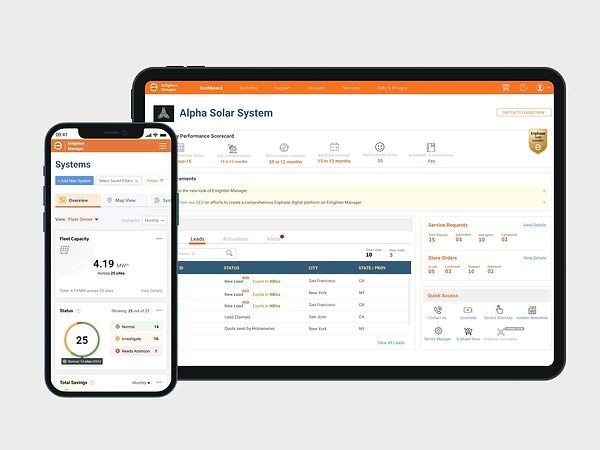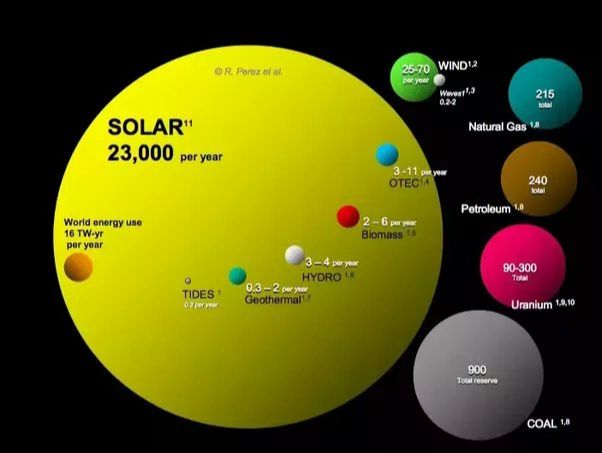When Energy From The Sun’S Is Uses To Heat Something Directly Without Moving Parts?
What is Solar Thermal Energy?
Solar thermal energy is a technology that harnesses heat from the sun to provide hot water, space heating, and pool heating. It is considered a form of solar energy because it converts sunlight directly into thermal (heat) energy without the use of electricity or any moving parts.
Solar thermal systems use solar collectors, usually mounted on the roof, which absorb sunlight and convert it to heat. The most common types are flat-plate collectors and evacuated tube collectors. The heat from the sun is trapped in a fluid passing through the collectors, which is then used to heat water or air.
One of the most common uses of solar thermal technology is for heating water in homes and businesses. Solar water heating systems can provide around 50-80% of hot water needs. The heated water is stored in an insulated storage tank until needed. Solar thermal systems can also be designed to provide space heating, reducing the need to use furnaces and boilers powered by fossil fuels.
Additionally, solar thermal is used to heat swimming pools. Unglazed solar collectors are installed near the pool and circulated through the existing pool filtration system to heat the pool water. This provides an energy-efficient and environmentally-friendly way of heating pools.
Overall, solar thermal provides a direct way of capturing free heat from the sun and using it for various heating applications, reducing electricity and fossil fuel consumption.
Benefits of Solar Thermal
Solar thermal energy provides a number of important benefits that make it an attractive renewable energy source:
Renewable/Sustainable
Solar thermal systems use energy from the sun, which is a renewable resource that will continue shining for billions of years. This makes solar thermal a sustainable long-term energy solution.
Reduces Electricity/Gas Bills
Solar thermal systems offset the need for electricity or gas to heat water. This saves money on utility bills and provides free hot water after the system pays for itself.
Lower Carbon Footprint
Solar thermal systems don’t burn fossil fuels, which reduces greenhouse gas emissions compared to conventional water heating systems. This shrinks a household or business’s carbon footprint.
Types of Solar Thermal Collectors
There are three main types of solar thermal collectors used in solar heating systems:
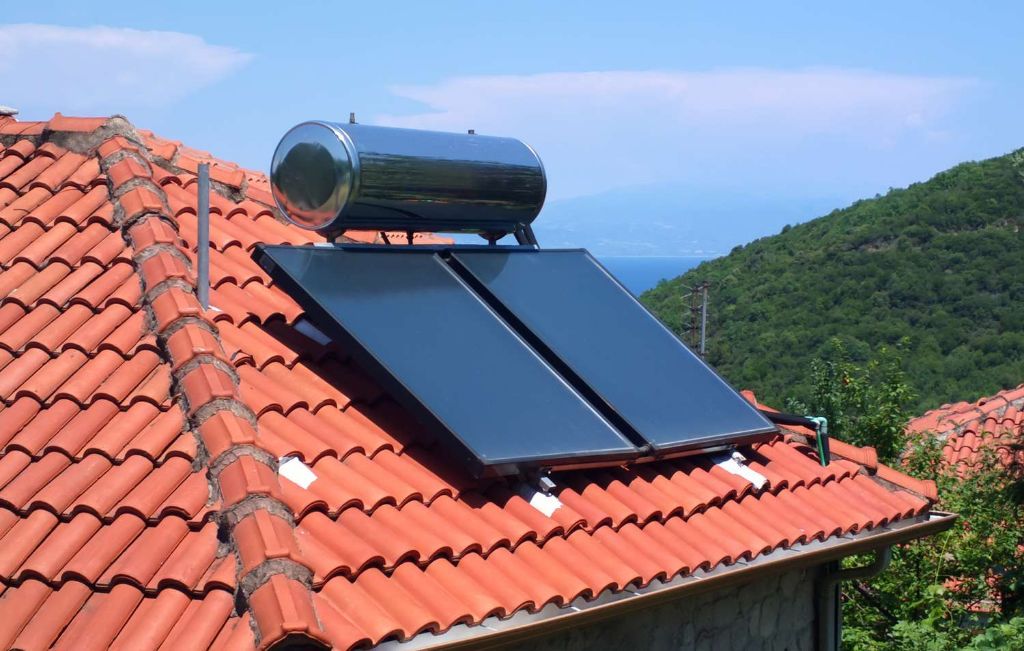
Flat Plate Collectors
Flat plate collectors are the most common solar thermal collector for solar water heating. They consist of a dark flat plate absorber, usually made of metal, that absorbs solar radiation and transfers the heat to a fluid (air, water, or antifreeze solution) flowing through pipes attached to the absorber plate. Flat plate collectors are simple in design, efficient, and durable.
Evacuated Tube Collectors
Evacuated tube collectors contain parallel rows of transparent glass tubes, each containing a glass outer tube and metal absorber tube attached to a fin. The air is removed (“evacuated”) from the space between the two tubes to eliminate conductive and convective heat loss. This makes evacuated tube collectors more efficient than flat plates in colder climates.
Unglazed Plastic Collectors
Unglazed plastic solar collectors are made of flexible black plastic, usually polypropylene or polyethylene, formed into tubes or mats. Water flows through the collectors, which are typically used for solar pool heating. Unglazed collectors are low cost but less efficient than glazed collectors.
Solar Thermal Applications
Solar thermal energy has a number of practical applications for heating water, spaces, and pools.
Water Heating
One of the most common uses for solar thermal systems is to heat water for residential, commercial and industrial use. Solar water heating systems can be used for domestic hot water, to heat swimming pools, or even to provide hot water for industrial processes.
Solar water heaters use solar collectors to heat either water or a heat-transfer fluid that passes through the collectors. The heated fluid is then used to warm up water stored in a tank. A properly designed system can provide around 50-80% of a household’s hot water needs.
Space Heating
Solar thermal systems can also be an energy-efficient way to heat interior spaces. Thermal mass materials like tile or concrete absorb heat from the sun during the day and release it at night when temperatures drop.
Solar space heating is well-suited for places with lots of sun and relatively mild winters. Hydronic radiant floor heating systems work well with solar thermal systems.
Heating Pools
Solar pool heating uses solar collectors to capture heat and warm up the water in swimming pools. This allows pools to be kept at a comfortable temperature while reducing costs and energy usage.
The solar collectors are usually mounted on the roof or on the ground near the pool. The system works best in areas with high amounts of direct sunlight.
Solar Thermal System Components
Solar thermal systems consist of various components that work together to collect, store, and distribute solar thermal energy. The main components include:
Collectors
The solar collector, sometimes called the solar panel, absorbs sunlight and converts it into heat. Common types of solar collectors include flat-plate collectors, evacuated tube collectors, and concentrating collectors.
Storage Tanks
Storage tanks hold the heated water until it’s needed for use. They allow solar energy to be used even when the sun isn’t shining. Storage tanks are insulated to minimize heat loss.
Pumps
Pumps move the heat transfer fluids through the system. They are used to transfer fluids between collectors and storage tanks.
Heat Exchangers
Heat exchangers transfer heat from the solar loop to water used in the building’s plumbing system while keeping the two fluids separate.
Piping
Pipes connect the various components in the system. Piping allows water or other heat transfer fluid to circulate through the collectors and into the storage tanks.
Cost of Solar Thermal Systems
The cost of a solar thermal system can vary greatly based on the size of the system, type of collectors, location, and other factors. However, here are some general guidelines on solar thermal system costs:
For a residential solar hot water system, the average cost is $3,000 to $5,000 installed. Smaller systems for one or two people generally range from $1,500 to $3,000. Larger systems for 3-4+ people usually cost $4,000 to $8,000.
For residential pool heating, solar thermal system costs range from $3,000 to $5,000 for a small pool up to $15,000+ for a large pool. Pools require more collectors and larger equipment.
In commercial applications, costs vary widely based on the size of the business, hot water usage, collector area, and type of application. Typical costs range from $10,000 for a small system up to $1 million or more for a large hotel or apartment complex.
Key factors that affect the cost of a solar thermal system include:
- System size – The number and size of collectors.
- Location – Areas with more sunshine generally require fewer collectors.
- Type of collectors – Evacuated tube collectors are more efficient but more expensive than flat plate collectors.
- System components – More complex systems with multiple tanks, controls, and heat exchangers cost more.
- Labor costs – Location and roof type/accessibility affect installation costs.
While solar thermal systems require an upfront investment, the long-term savings on energy bills generally payback the system costs within 5-10 years. Many utility companies and state/federal incentive programs also offer rebates and tax credits to help offset the initial cost.
Sizing and Installing Solar Thermal
Properly sizing and installing a solar thermal system is key to maximizing performance and return on investment. Careful assessment of hot water needs, climate, roof space, and budget should guide the selection of collectors and storage tank size.
To determine the number of collectors, calculate the total collector area needed to provide 60-80% of annual domestic hot water energy demand. Collector size, type, and efficiency ratings are used along with climate data to make this estimation. The solar storage tank size should be enough to meet 1-2 days of average hot water demand.
Professional installation by a certified solar contractor is highly recommended. The collectors need to be optimally oriented and free of shade. The system piping and components must be properly integrated and mounted. Proper roof seals and weatherproofing prevents leaks.
Basic maintenance involves checking piping insulation, seals, and antifreeze concentration annually. Inspecting collectors and removing debris or snow buildup also helps sustain system performance and longevity. With proper installation and maintenance, solar thermal systems can provide 20+ years of reliable renewable hot water.
Solar Thermal Around the World
Solar thermal systems are popular in countries that receive plentiful sunshine. Here’s an overview of some of the leading countries for solar thermal energy capacity:
China has by far the most solar thermal capacity globally, with over 313 gigawatts (GW) installed as of 2019. China has invested heavily in solar thermal to reduce reliance on fossil fuels and curb air pollution in its major cities. Most solar thermal systems in China are used for water heating in homes and businesses.
The United States ranks second in solar thermal capacity with around 16 GW installed as of 2018. Solar water heating is common in sun-rich states like California, Florida and Hawaii. The southwest U.S. also utilizes solar thermal for heating swimming pools.
Germany comes third with 14 GW of solar thermal capacity in 2018. Despite its northern location, Germany is a leader in solar thermal thanks to generous government incentives. Most systems provide domestic hot water and space heating.
Other countries with significant solar thermal capacity include Turkey, Brazil, India, Mexico, Australia and Israel. Solar thermal is gaining traction in the developing world as an affordable way to provide hot water without electricity or gas.
Global solar thermal capacity grew at an average annual rate of 17% from 2008-2018. While growth is slowing in mature markets like China, solar thermal continues expanding in regions like Africa, Latin America and the Middle East. With abundant sunshine and growing energy demand, solar thermal’s growth potential remains strong.
Future of Solar Thermal
The future looks bright for solar thermal technology. There are ongoing efforts to improve the efficiency and reduce costs to make solar thermal even more competitive. Some areas of innovation include:
Improving Efficiency and Costs
Researchers are finding new ways to increase solar thermal efficiency through improved materials, coatings, and collector designs. There is also a focus on driving down costs through high-volume manufacturing and simplified installation techniques.
New Technologies and Applications
Companies are developing new solar thermal technologies like evacuated tube and nanofluid collectors that can work in cold climates. There is also research into expanding applications for solar thermal into desalination, industrial processes, and solar cooling.
Projected Growth
Solar thermal capacity is expected to grow substantially in the coming decades. The IEA predicts global solar thermal capacity will rise from 456 GWth in 2018 to 1,239 GWth by 2030. With its many benefits and innovation, solar thermal is poised to play a major role in sustainable energy production.
Key Takeaways
Solar thermal energy is a technology that harnesses heat from the sun to directly heat water or spaces. It offers several benefits compared to other renewable energy technologies:
- Solar thermal systems are simple, reliable, and low maintenance. They have few moving parts.
- The technology is versatile and can be used for water heating, space heating, process heat, and even electricity generation.
- Solar thermal is more efficient at turning sunlight into usable energy than solar PV.
- It is one of the most cost-effective forms of solar energy.
- Solar thermal has a wide range of applications including residential water heating, district heating systems, desalination, industrial process heat, and solar cooking.
- Solar thermal energy displaces the need to generate heat from fossil fuels, helping reduce greenhouse gas emissions.
With continued advancements, solar thermal represents a major renewable energy resource that can help achieve a clean energy transition around the world.


